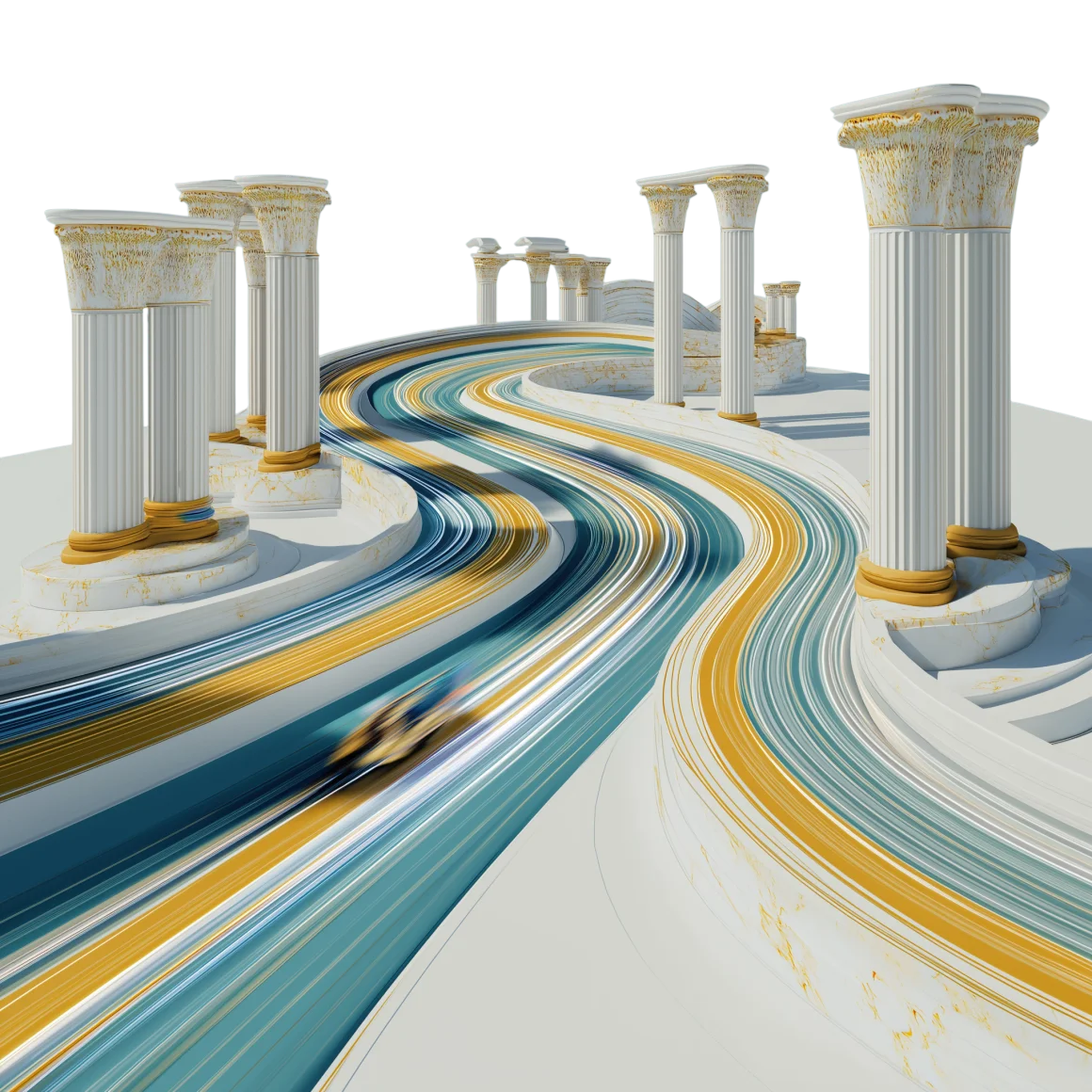". . the architecture of acceleration - designed not chaotic . . "
Because speed means nothing if the structure can’t hold it.
Every organisation wants to move faster. Faster to market, faster to modernise, faster to prove value.
But as any architect or transformation leader knows .. speed without structure breaks things.
The challenge isn’t transformation itself. It’s doing it rapidly without destabilising the enterprise you’ve spent years building.
Speed and stability aren’t opposites. They’re a System
True agility isn’t chaos. It’s controlled motion.
The best transformations don’t trade governance for speed - they design frameworks that make speed safe.
This means embedding guardrails, clear decision rights, and traceable change pathways that allow rapid delivery without rewriting the enterprise DNA.
When governance, architecture, and delivery operate as one ecosystem, speed becomes sustainable .. not destructive.
Architectural integrity is the hidden accelerator
Transformation often stalls not because of resistance, but because of friction.
Duplicated systems, unclear ownership, missing dependencies - all symptoms of weak architectural integrity.
To accelerate, you must first stabilise.
That doesn’t mean months of documentation; it means clear interfaces, defined ownership, and accountable design authority.
When the architectural foundation is strong, delivery teams can move quickly without tripping over invisible boundaries.
It’s the difference between running fast and running blind.
From Projects to Products (but with purpose)
Many organisations are shifting from project to product models.
It’s a powerful move, but it also introduces tension. Product autonomy versus enterprise coherence. The key is balance.
Each product team should move fast within its boundary, but those boundaries must be intentionally designed - aligned to business capabilities, not org charts.
That’s where architecture proves its value. Connecting rapid delivery to long-term enterprise shape.
Transformation is a continuum, not a crisis
The language of ‘big bang’ change still lingers in corporate corridors .. but modern transformation is iterative by design.
Continuous, data-driven, and measurable.
The goal isn’t to launch and leave. It’s to build the capacity for constant adaptation.
That’s what differentiates organisations that evolve gracefully from those that pivot chaotically.
Architectural thinking transforms transformation itself - from a one-time event to an organisational muscle.
Enterprises don’t break because they change, they break because they change without structure.
Speed needs boundaries. Innovation needs integrity.
When architecture leads transformation, you can move fast and stay sound.
Because in the end, it’s not how quickly you move that defines success .. it’s how well you hold together while doing it.






